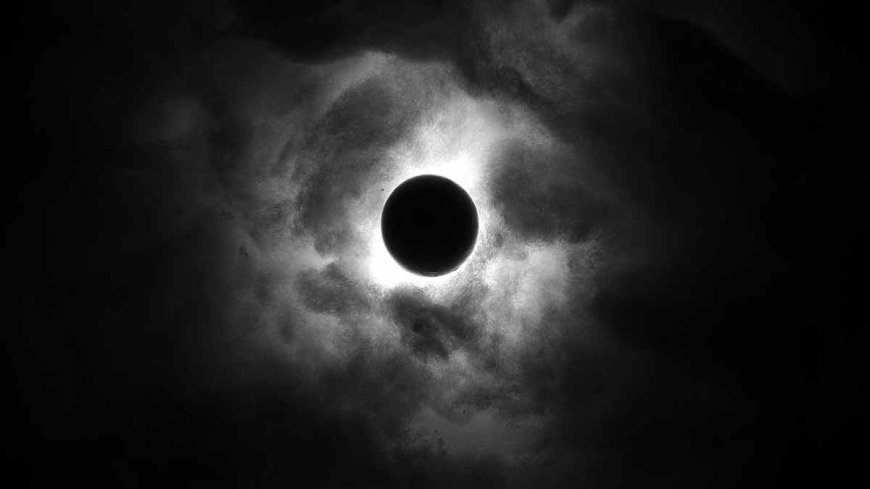Rare Black Moon Delivers Epic Stargazing Spectacle Worldwide
A Rare Black Moon lit up the night skies, offering stunning stargazing worldwide with darker skies and vivid constellations for observers.

Introduction
Celestial events have always fascinated humanity, connecting us to the mysteries of the universe. One such phenomenon is the Rare Black Moon, an extraordinary occurrence that has captured the imagination of stargazers across the globe. Unlike common full moons or eclipses, a black moon is far less frequent and delivers a breathtaking spectacle, often making headlines worldwide.
History and Significance
The term Black Moon is not a scientific designation but a popular name given to rare lunar events. Historically, astronomers and ancient civilizations tracked the phases of the moon for agriculture, festivals, and spiritual practices. A black moon occurs when there are two new moons in a single calendar month or four new moons in a single season instead of the usual three. These variations were seen as rare cosmic alignments and were often linked to myths, superstitions, and spiritual rituals.
When Did It Happen?
The most recent Black Moon appeared on a night that stunned observers worldwide, offering stargazers a chance to witness a darkened sky with enhanced visibility of stars and planets. While a traditional new moon remains invisible, the absence of reflected lunar light during a Black Moon allows the night sky to appear much darker, making constellations and galaxies more vivid.
Reasons Behind the Rare Black Moon
The phenomenon is purely astronomical. The moon completes its orbit around Earth in about 29.5 days. Since most months have 30 or 31 days, occasionally, two new moons fit into one month, creating the so-called Black Moon. In other cases, when a season experiences four new moons due to the lunar cycle aligning with the solar calendar, the third is considered a Black Moon.
Key Points and Upcoming Variations
-
Enhanced Stargazing: The darker sky allows better visibility for astronomers and sky-watchers.
-
Spiritual Importance: Some cultures view it as a time for renewal, meditation, and new beginnings.
-
Scientific Relevance: Provides clearer conditions for telescopic observations of distant celestial bodies.
-
Upcoming Events: Black Moons are rare but predictable, with the next expected within a few years. Astronomical organizations release advance calendars to alert enthusiasts.
Advantages
-
Ideal conditions for astrophotography and observational astronomy.
-
Encourages public interest in space science and astronomy.
-
Spiritual and cultural enrichment for communities that attach meaning to lunar cycles.
Disadvantages
-
Can cause confusion and superstition due to misleading myths.
-
Rare visibility might disappoint casual sky-watchers expecting a dramatic visual change in the moon itself.
-
Possible increase in misinformation online, mixing science with pseudoscience.
Positive and Negative Aspects
On the positive side, the Black Moon unites people worldwide, sparking curiosity and passion for space. It also offers scientists a chance to study the night sky under optimal conditions. On the negative side, since the Black Moon is not a visually striking event (the moon itself is invisible), it can sometimes be underwhelming for those expecting dramatic appearances like eclipses or blood moons.
Final Thoughts and Conclusion
The Rare Black Moon is a reminder of the complex beauty of our universe and the wonders hidden in celestial mechanics. While it may not always be visually spectacular, its significance lies in the opportunities it creates for stargazing, scientific observation, and cultural reflection. As humanity looks toward the stars with growing interest—through space missions, telescopes, and scientific exploration—phenomena like the Black Moon strengthen our connection with the cosmos.
In the coming years, more such rare events will continue to enrich our understanding of the skies and remind us of the delicate rhythms that govern life on Earth.

 Ellofacts
Ellofacts 





